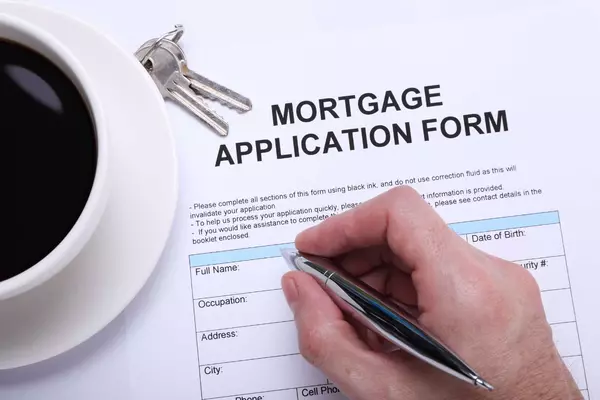Home Loan Modifications: A Lifeline for Struggling Homeowners

For homeowners struggling to keep up with mortgage payments, a home loan modification can provide much-needed relief. But what exactly is a loan modification, how does it work, and who qualifies? In this guide, we'll break down the essentials to help homeowners navigate their options.
What is a Home Loan Modification?
A home loan modification is a change made to the terms of an existing mortgage by the lender. Unlike refinancing, which replaces the original loan with a new one, a loan modification restructures the current loan to make payments more manageable. Modifications can involve:
- Reducing the interest rate
- Extending the loan term
- Converting an adjustable-rate mortgage (ARM) to a fixed-rate mortgage
- Forgiving or deferring a portion of the principal balance
How Does the Loan Modification Process Work?
The process typically involves these steps:
- Assess Your Situation – Homeowners should evaluate their financial hardships and determine whether a loan modification is the best option.
- Contact the Lender – Borrowers need to reach out to their loan servicer to inquire about modification programs.
- Submit an Application – Lenders require detailed financial documentation, including proof of income, a hardship letter, and expense reports.
- Lender Review – The lender will assess the borrower's financial situation to determine eligibility.
- Trial Period – Some modifications require a trial payment period to ensure the borrower can manage the adjusted terms.
- Final Approval and Implementation – If successful, the lender finalizes the modification and applies the new loan terms.
Who Qualifies for a Home Loan Modification?
Eligibility for a loan modification varies by lender, but common qualifications include:
- Demonstrating financial hardship (such as job loss, medical expenses, or a reduction in income)
- Being behind on mortgage payments or at risk of default
- Occupying the property as a primary residence (some lenders allow modifications for investment properties)
- Having a verifiable income that supports the new payment structure
Pros and Cons of Loan Modifications
Pros:
- Lower monthly payments
- Avoidance of foreclosure
- Potentially lower interest rates
- Ability to stay in your home
Cons:
- Credit impact from missed payments before modification approval
- Extended loan term may mean paying more interest over time
- Some lenders require a trial period before permanent modification
Alternatives to Loan Modifications
If a loan modification isn’t a viable option, homeowners might consider:
- Refinancing – If eligible, refinancing can secure a lower rate or better terms.
- Forbearance – A temporary pause on payments during financial hardship.
- Short Sale or Deed in Lieu of Foreclosure – Alternatives if keeping the home isn’t possible.
A home loan modification can be a lifeline for homeowners facing financial struggles, but understanding the process and qualifying criteria is key. If you or someone you know is struggling with mortgage payments, working with a loan officer can help determine the best course of action.
Are you considering a loan modification? Reach out today to explore your options and get expert guidance tailored to your situation!
Categories
Recent Posts










